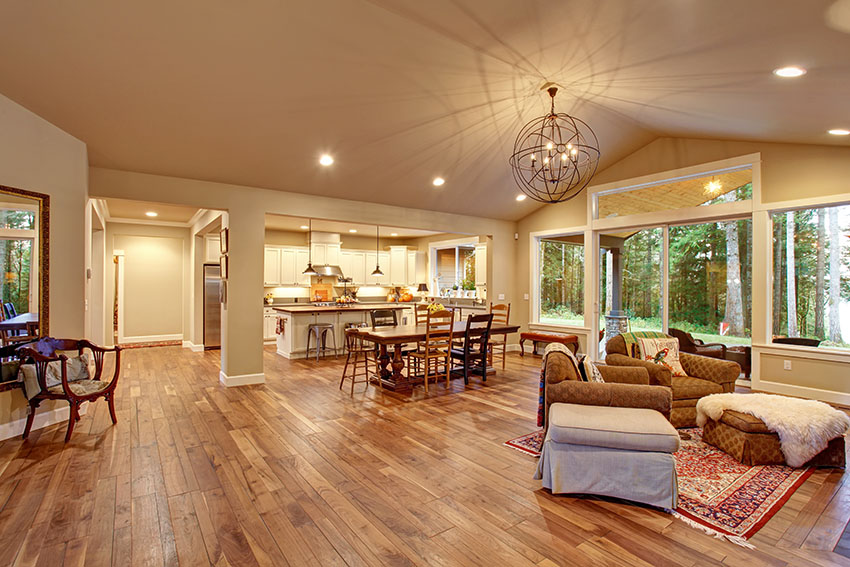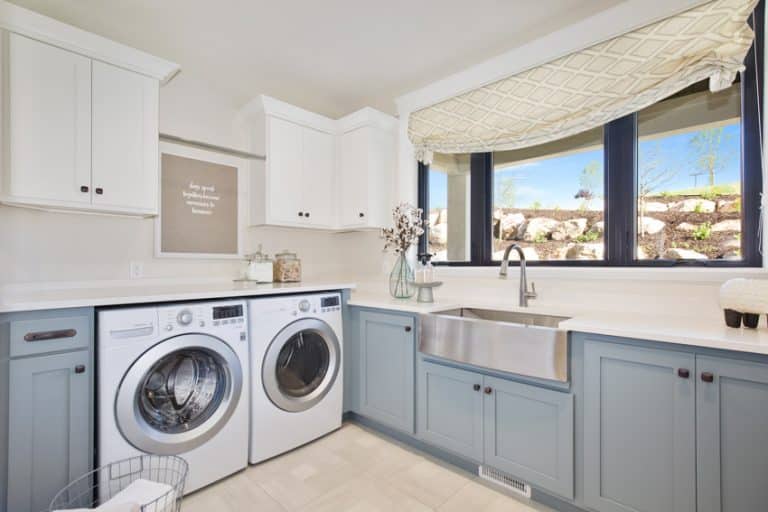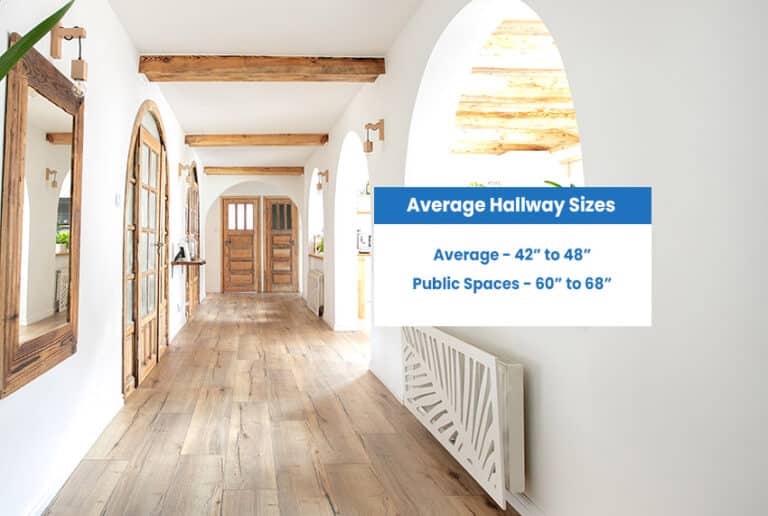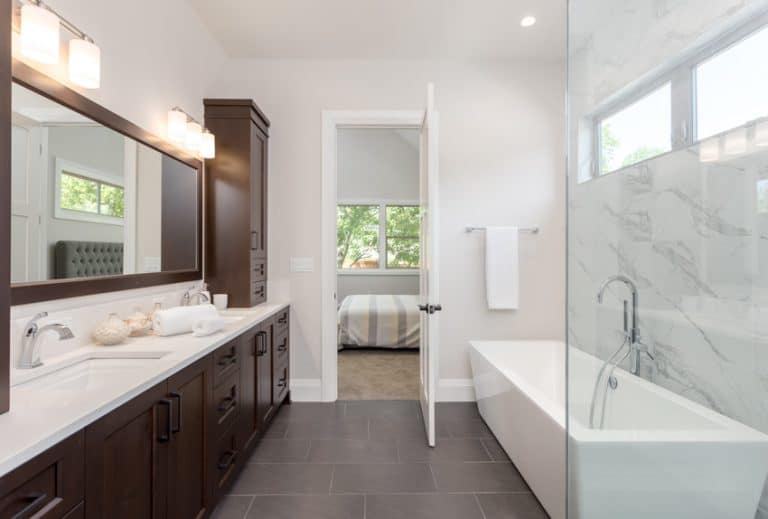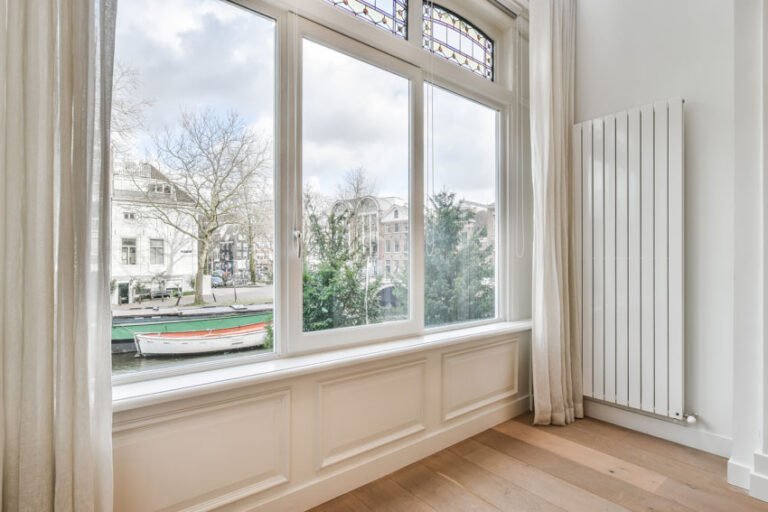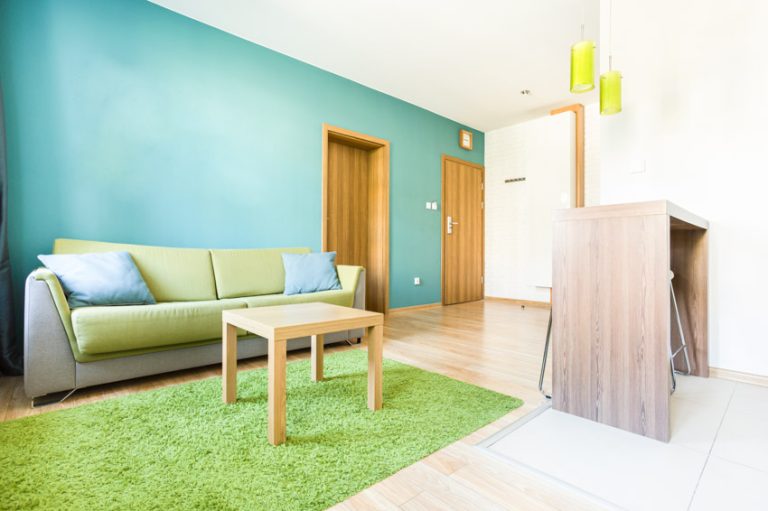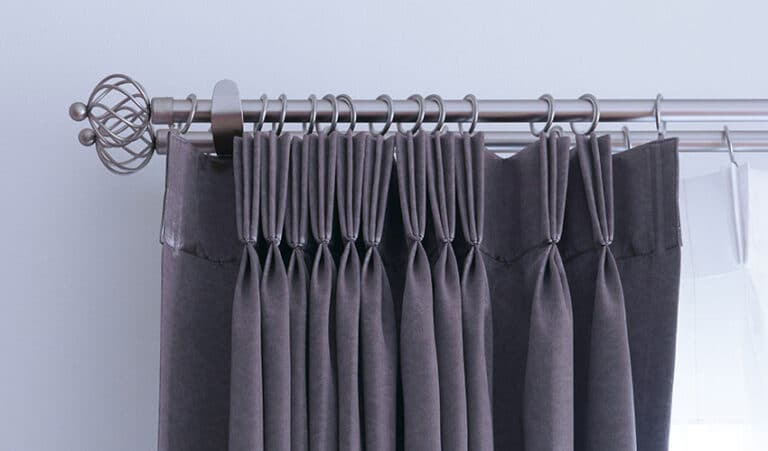Wire Brushed Wood Floors (Types & Pros and Cons)
In this guide to wire brushed wood floors you’ll see the pros and cons, wood floor types, and tips for how to clean and wire brush hardwood flooring.
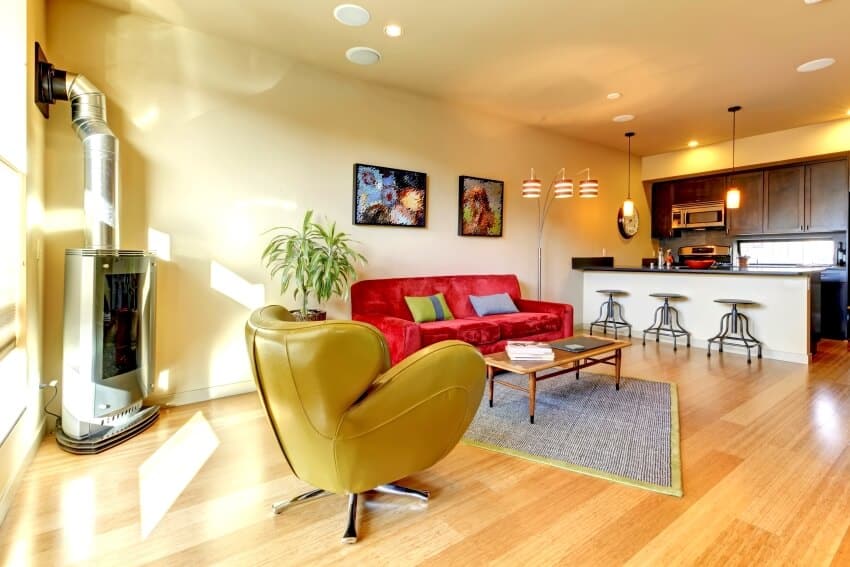 Make the most out of the beauty of wood with wire-brushed wood floors. Achieving a character-rich floor is pretty straightforward by using wire brushing that works well with popular wood species such as red or white oak or hickory.
Make the most out of the beauty of wood with wire-brushed wood floors. Achieving a character-rich floor is pretty straightforward by using wire brushing that works well with popular wood species such as red or white oak or hickory.
Wired brushed wood floors will have a rougher and more natural feel of wood compared to the typical smooth surface.Their roughed wood grain texture offers a unique character and enhances the beauty of hardwood flooring.
What Is Wire Brushed Flooring?
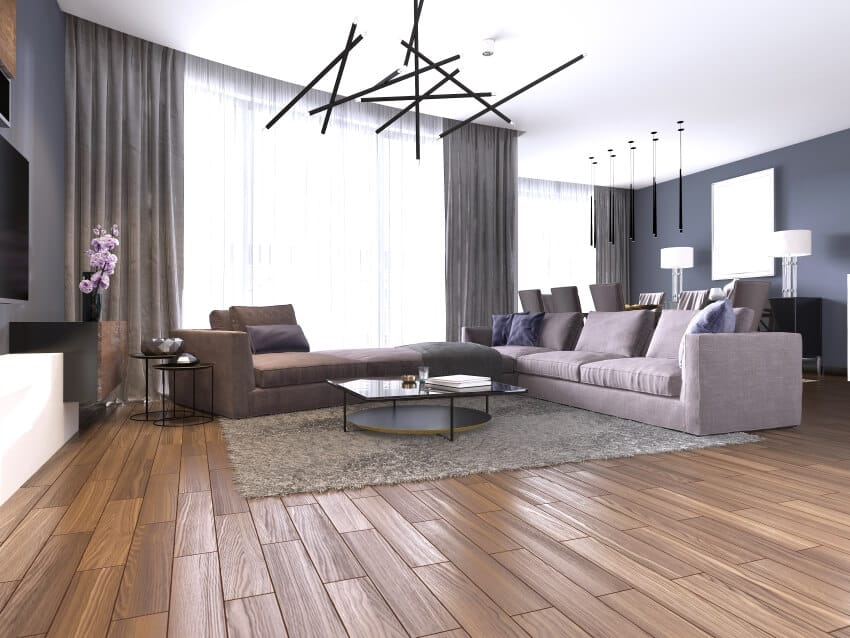
The goal is to enhance the look of your wood floors, resulting in a subtle character compared to a naturally distressed wood surface.
You can adjust the depth of the texture from light to heavy, where the light shows a small amount of texture while heavy means having a more prominent exposed surface.
Brushed Finish Flooring Pros and Cons
Like any wood finish, owners should consider the pros and cons of wired brush flooring before deciding on this textured look.
Pros:
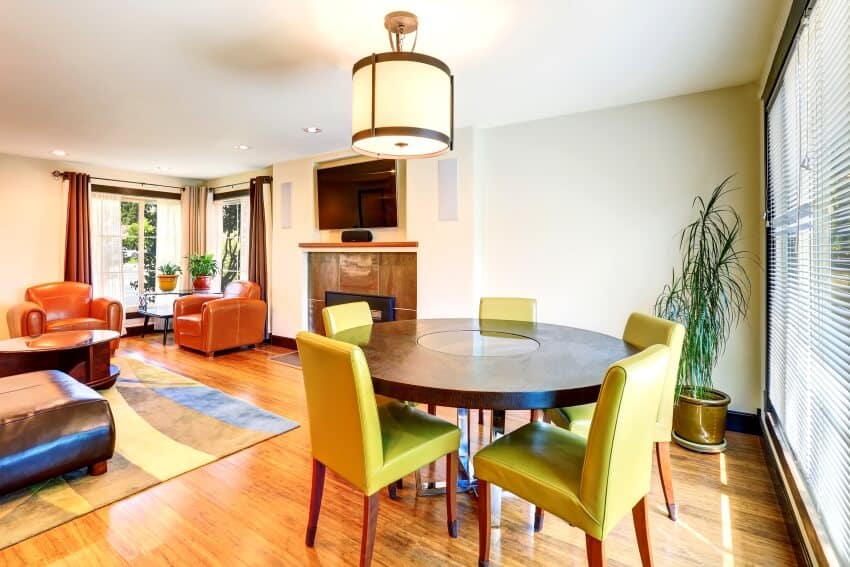
• Durable Finish – Since wire brushing is only applied on hardwoods that belong to the higher spectrum of the Janka Scale, you’ll expect your flooring finish to be very durable.
• Unique Look – Showcases a unique rustic finish that gives your wood floors a more natural look and feel.
• Consistent Appearance – A wire brushed floor does not change appearance over time.
• Less Slippery Surface – Prevent slippage due to its rough surface, which adds a grip to the flooring.
Cons:
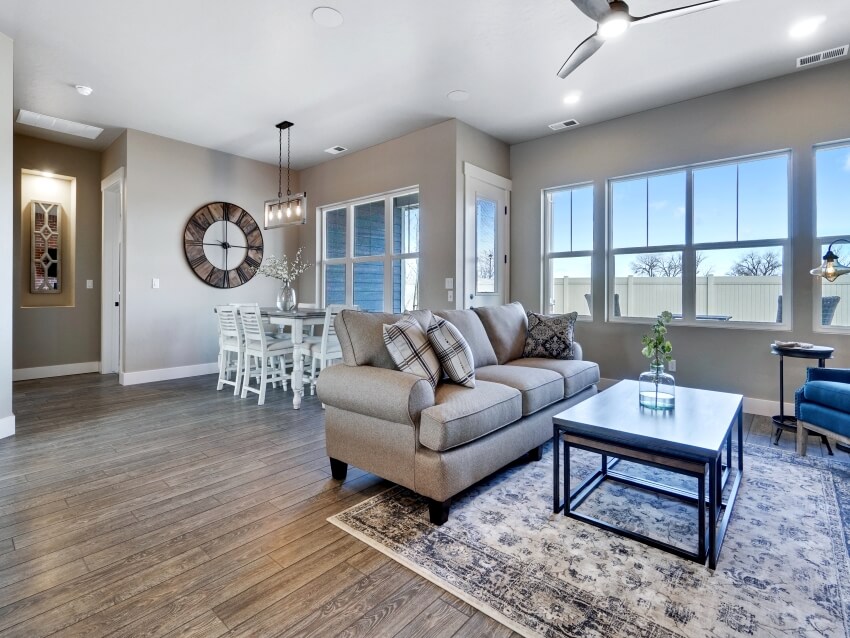
• Harder to Clean – It can be challenging to clean and maintain such you can’t simply wipe away accumulated dirt. You can use a micro-fiber mop using varying angles to reach and pull out the dirt. A soft bristle vacuum then easily mops off the excess particles for loose debris.
• Can Be More Expensive – It can be costly since the added skills and labor is needed unless you are well-equipped to make it a DIY project.
Types of Distressed Wood Flooring
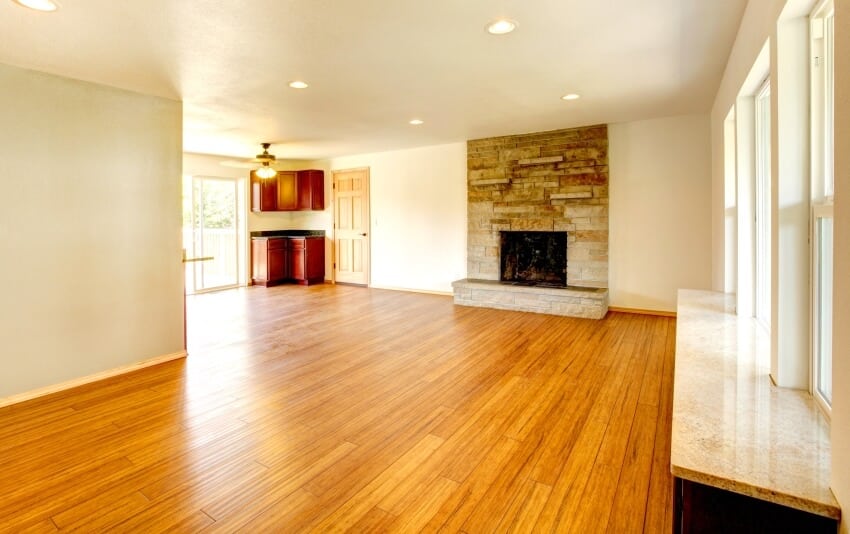
1. Oak Flooring
Oak wood flooring, along with maple, lists as one of the most durable wood species for floors, with white and red varieties as the most popular.

Red Oak Janka Rating: 1290
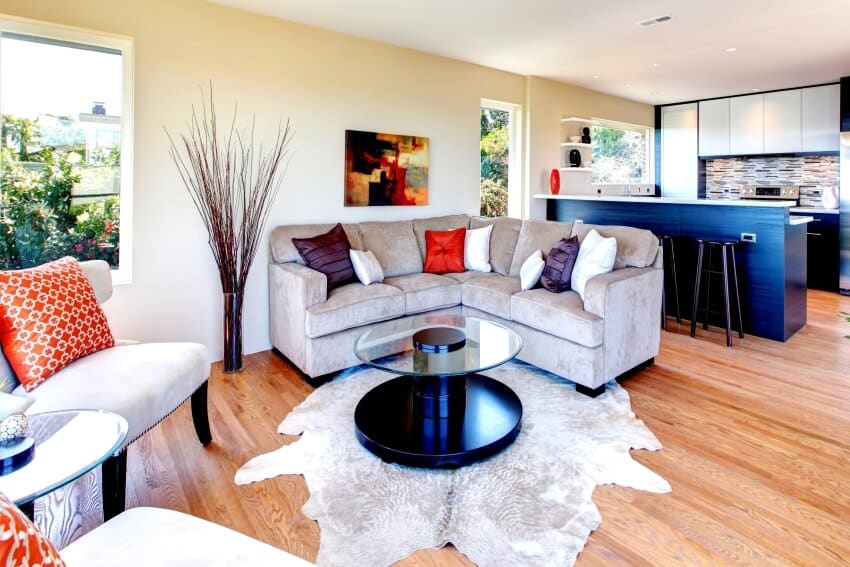
Wire brushed white oak will reveal a rich straight grain texture with a coarse texture. It resists rot and is a very strong wood flooring that can last for many generations.
White Oak Janka Rating: 1360
2. Maple
Maple wood flooring is one of the hardest wood flooring types on the market, which is harder than oak, and can withstand the process of wire brushing easily. There are three popular types of maple species, namely bigleaf maple, hard maple, and field maple.
Maple Janka Rating: 1450
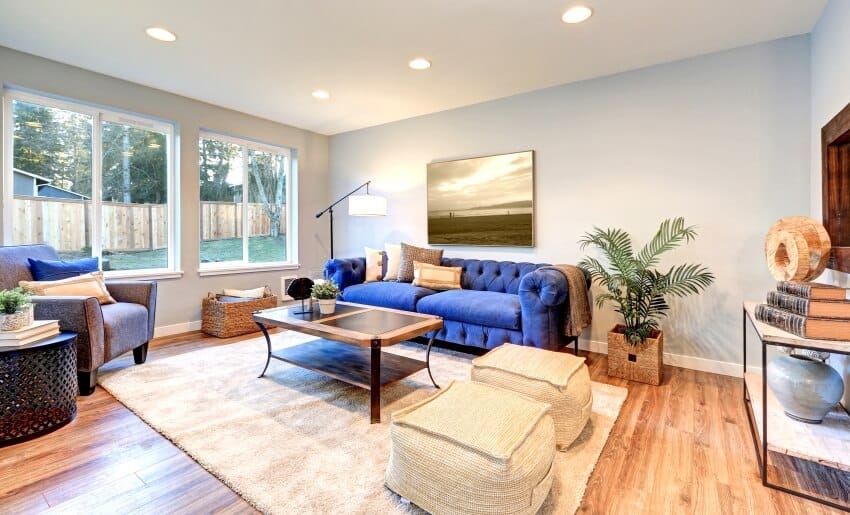
When wire-brushed, bigleaf maple shows a straight or some with wavy graining. There are varieties that show a quilted pattern as well.
• Hard Maple – Also known as sugar maple, is one of the more durable versions of maple. The texture of hard maple is mostly showing a straight and uniform graining. There are birdseye, flame, wavy, rippled, and tiger variation, which gives a unique exotic appearance.
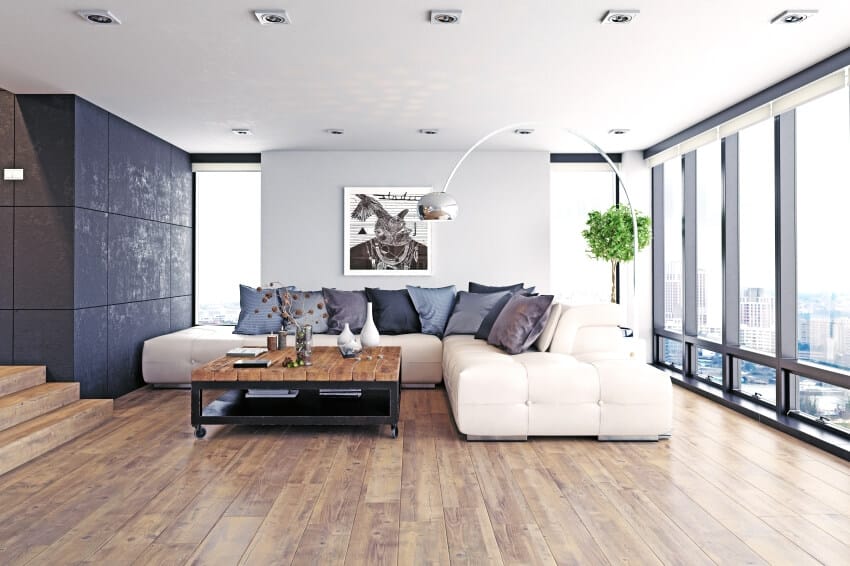
3. Walnut
Walnut wood floors are another hardy option for your wire brushed wood floors, with the English walnut as a popular option. The English walnut displays a soft to chocolate dark brown hue with the wood grain having a medium texture with a consistent pattern.
It also has varying brown, red, purple, and gray streaks. You’ll also find the rich texture having curly or burl patterns.
Walnut Janka Rating -1010
4. Hickory
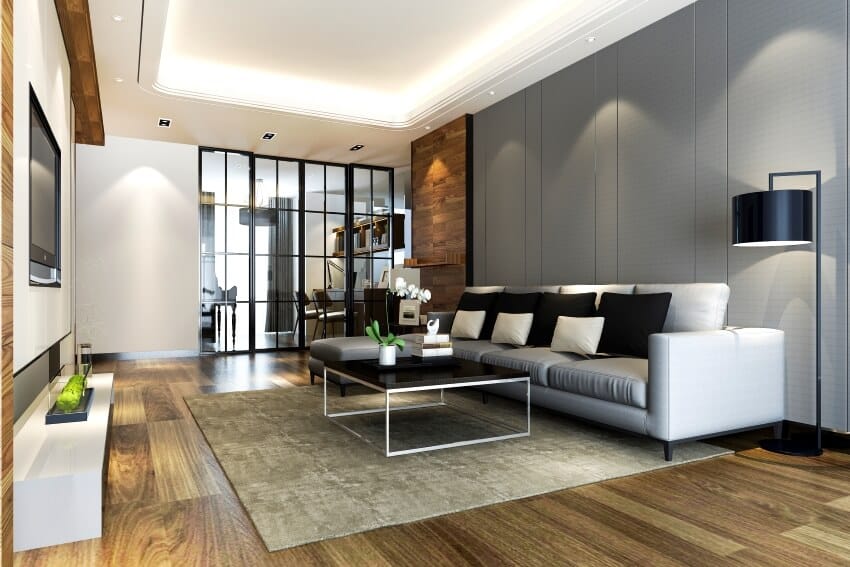
The very dense wood is tough with one of the highest Janka ratings making it an excellent option for your wired brush process. It displays a cream color, tan or reddish-brown hue.
Hickory Janka Rating – 1820
Wire Brushed Worn Surface Hardwood Flooring
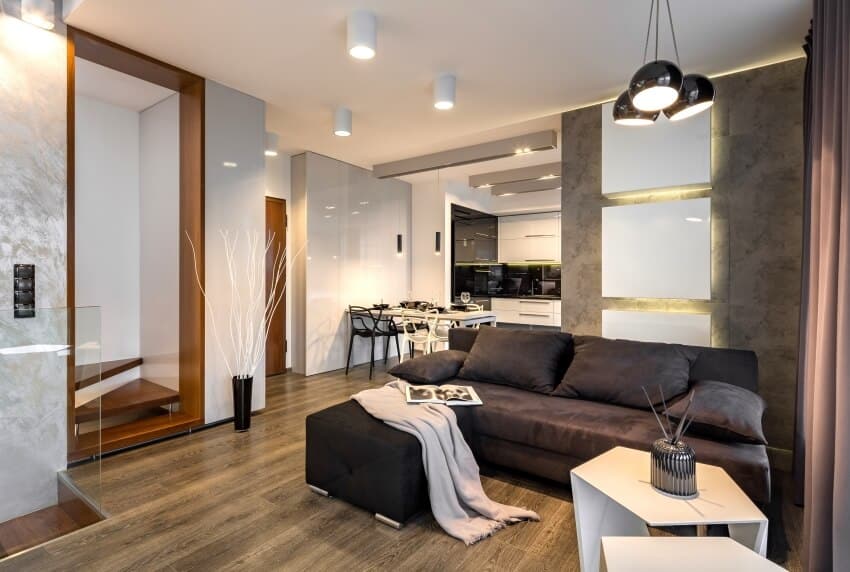
Engineered hardwood flooring has a different composition than hardwood flooring, wherein compressed wood layers make it of hardwood and plywood covered with a veneer layer.
Not all engineered hardwood floors are created the same. It is recommended to use engineered hardwood flooring with a wear layer of 4mm.
Some manufacturers do provide thick wear layers that can be sanded twice. Check if your engineered hardwood floors can withstand the wire brushing process.
There are wire brushed engineered hardwood floors available on the market, which means there’s no need for wire brushing the planks. These have a subtler wire brushed appearance, much like having a middle ground between the distressed look and the smooth surface.
The advantage of wire-brushed engineered types of hardwood floors is that you have a wide array of choices, and they are mostly cheaper than your solid hardwood floors. Wide planks and longer spans are also possible with engineered hardwood, which is a popular wood flooring choice for interiors.
Are Rough-Hewn Wood Flooring Hard to Clean?
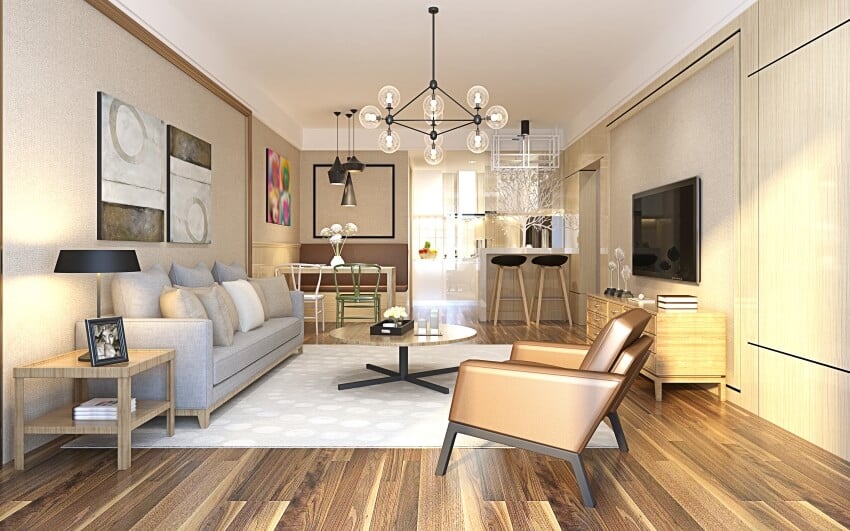
This means that dust and dirt will collect in the tiny crevices. To make sure you get all of the dirt, you’ll have to do a slightly more involved sweeping job. Your best bet might be mopping instead.
On the other hand, Brush floors do not require as frequent cleaning. The wire brush scratches will muffle some light reflected off the floor.
As a result, dust and dirt will be less visible. Furthermore, dirt can scratch the wood’s surface. If the surface of the wood has already been scratched, this isn’t as much of a concern.
How to Clean Wire-Brushed Hardwood Floors?
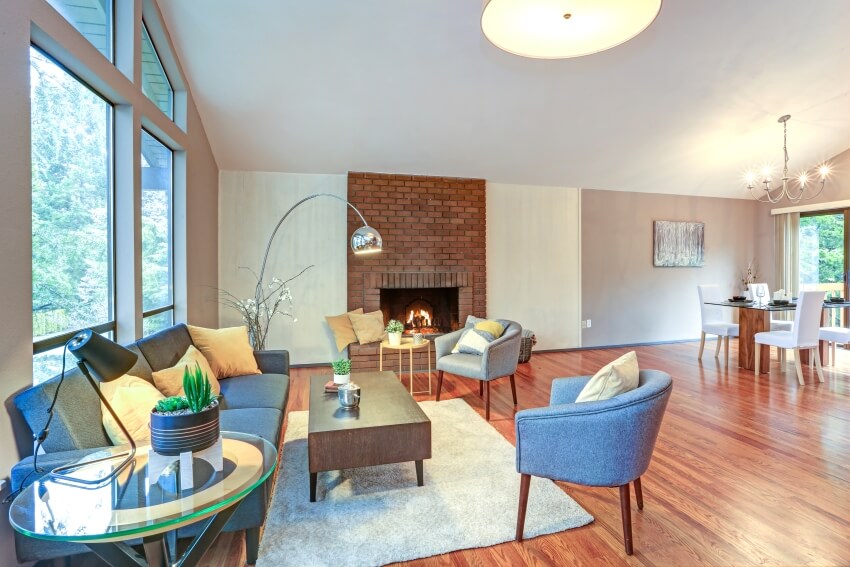
Always use high-quality products to clean your floors. Wood floors can get damaged if you use inferior products.
• Avoid using water and vinegar solution when cleaning as the acid can break down the wood’s surface.
• Avoid applying wax on your floor. Consult an expert when you want to refinish your floor.
How To Wire Brush Hardwood Floors?
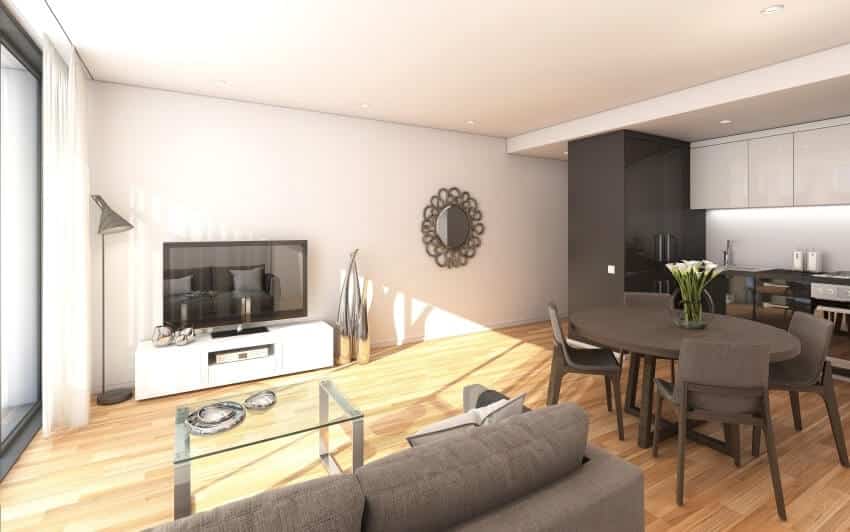
Wood Preparation
1. First, pass 50 grit paper at 15 degrees.
2. Pass with 60 grit paper
• Remember to vacuum between each step.
1. Edge with 80 grit, then hand scrape the edges.
2. Match the edges with a field scratch pattern.
3. Hand sand with 60 grit, similar to the final cut.
4. Apply water popping to soften the grain to allow the wire brush to “sand” the surface. The process helps the grain stand up to act to dry quicker. Use 50 -50 water and denatured alcohol solution for water popping.
5. Let the application dry.
6. Second, water popping with a water solution.
Wire Brushing

• Set handle in a high position for aggressive bite
• Set Epoch on high speed
• Have all weights loaded
• Sand perimeter first
• Work from wall to center in 6” steps
2. Start on the joints, but joints then run back at the center then run horizontally. Vacuum between each step.
3. Buff out the Abrasion Marks
Setting:
• Set Handle in Low Position for Less Aggressive Bite
• Low Speed, No Weights
• Buff with a Consistent, Steady Pace
• Buff Parallel to Grain in 6” Steps
Visit our guide on hand scraped hardwood flooring for more related content.

